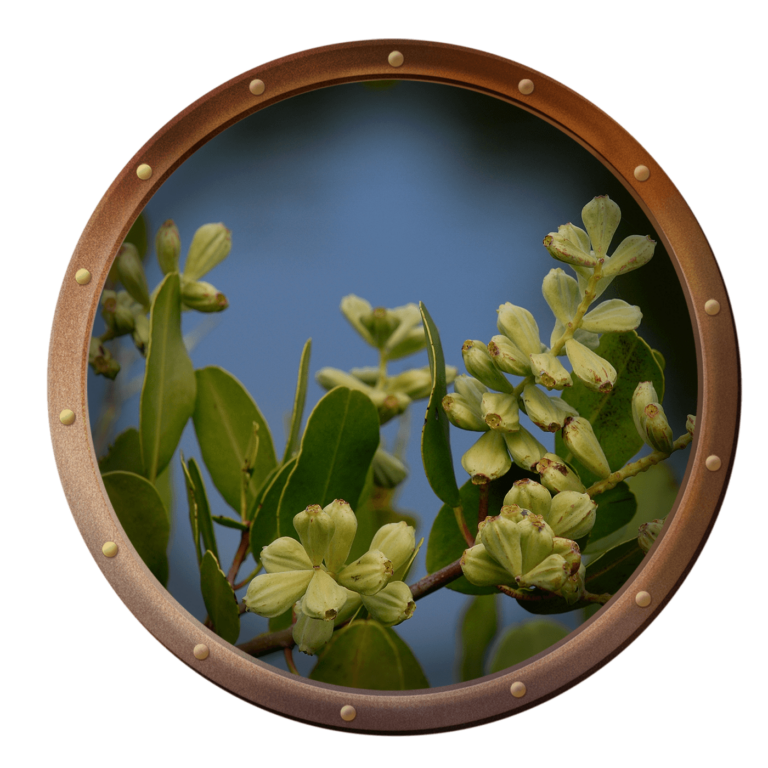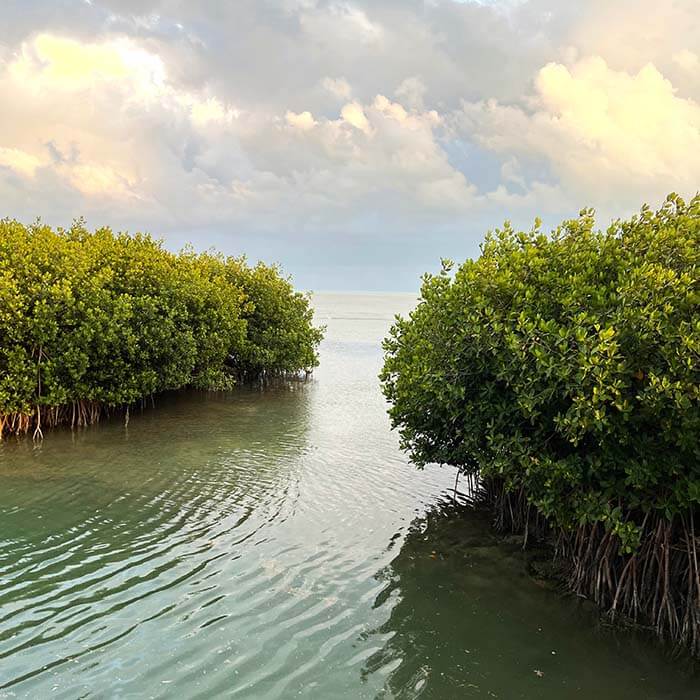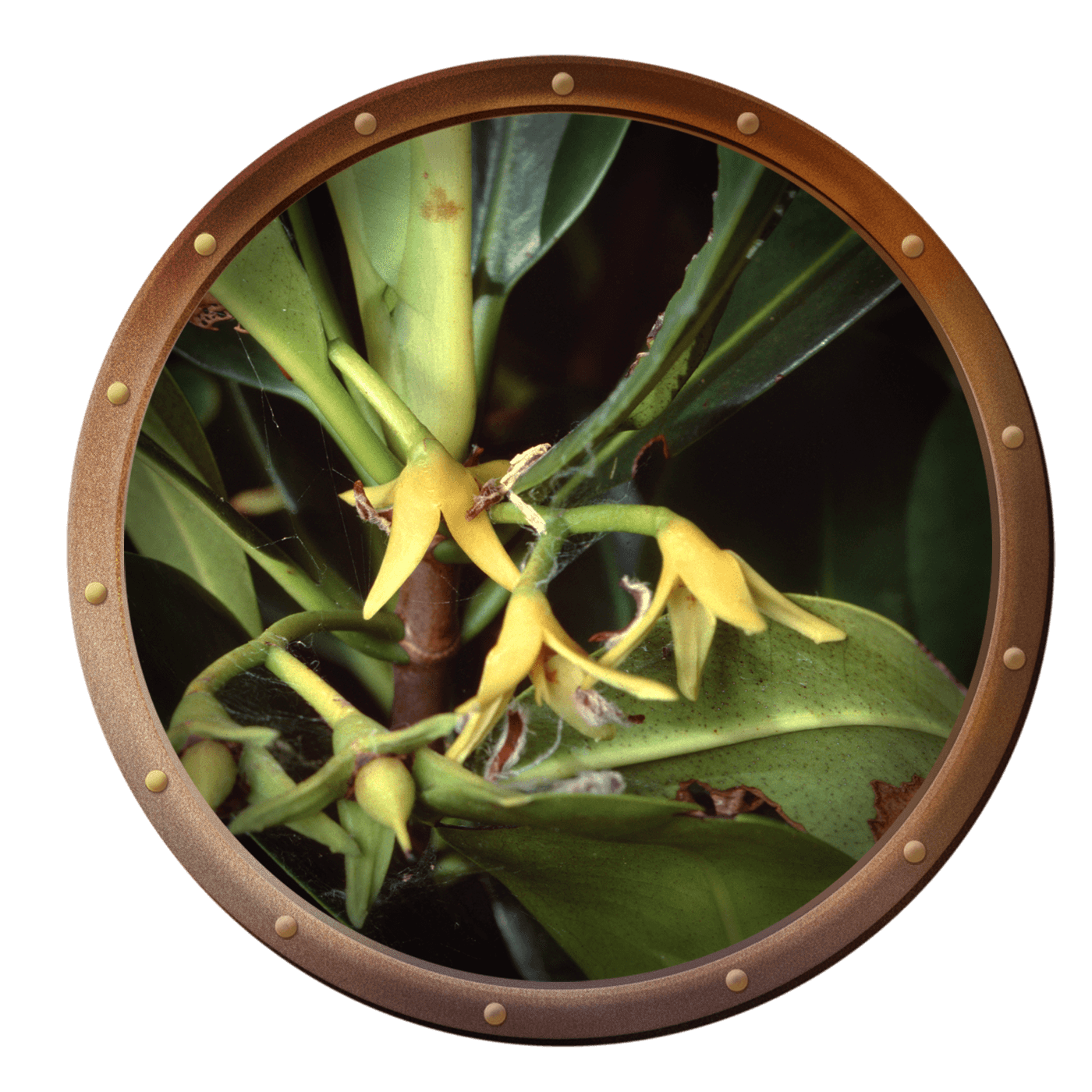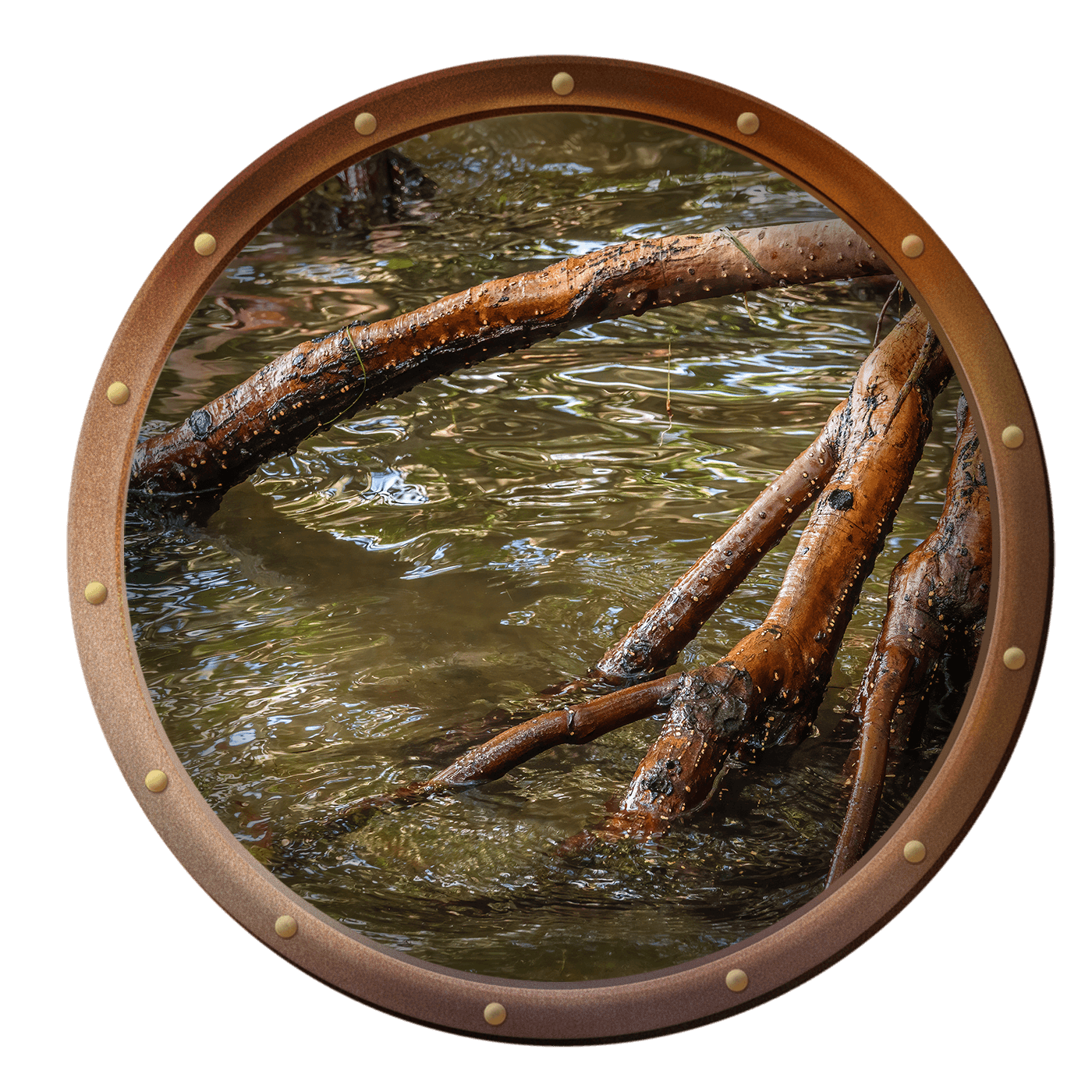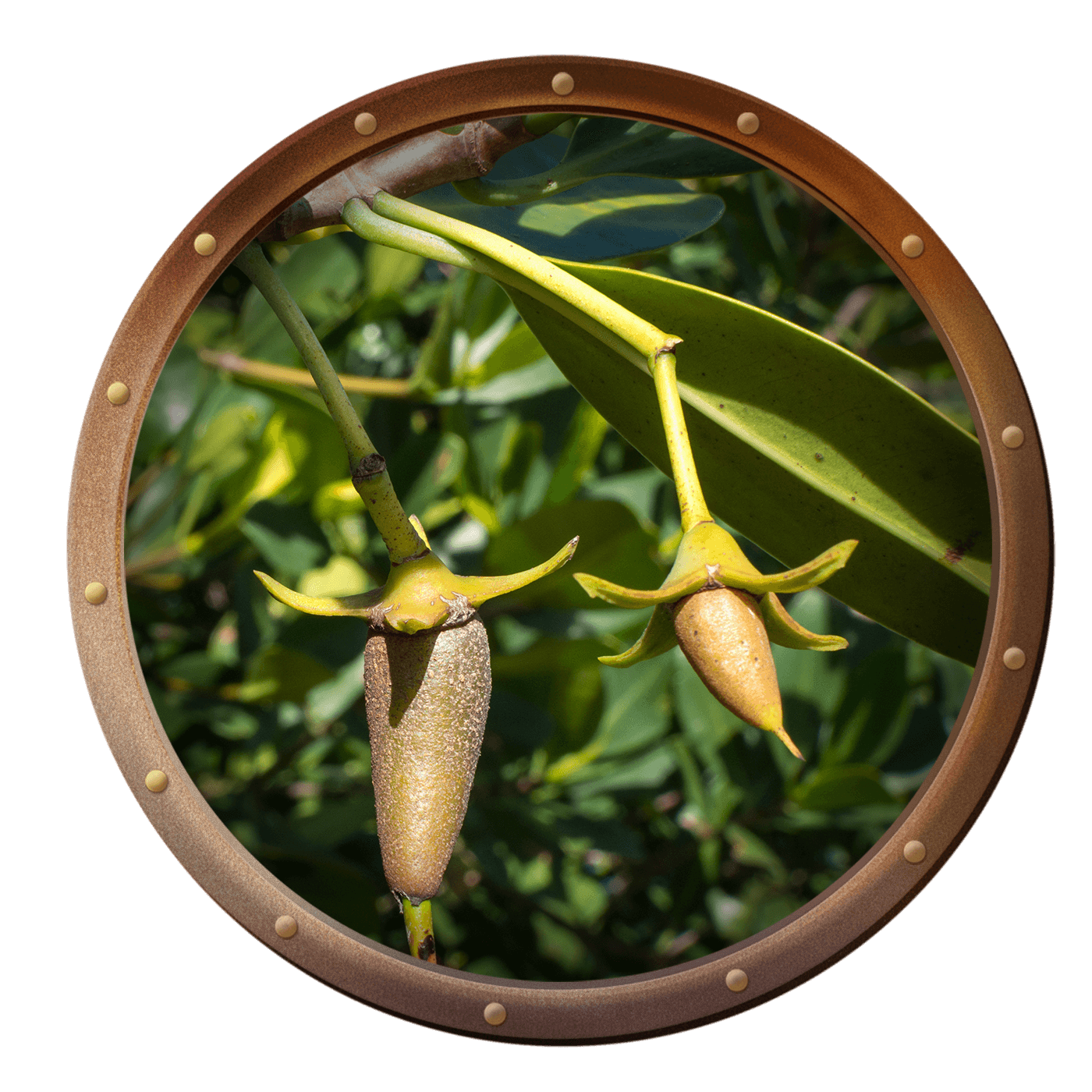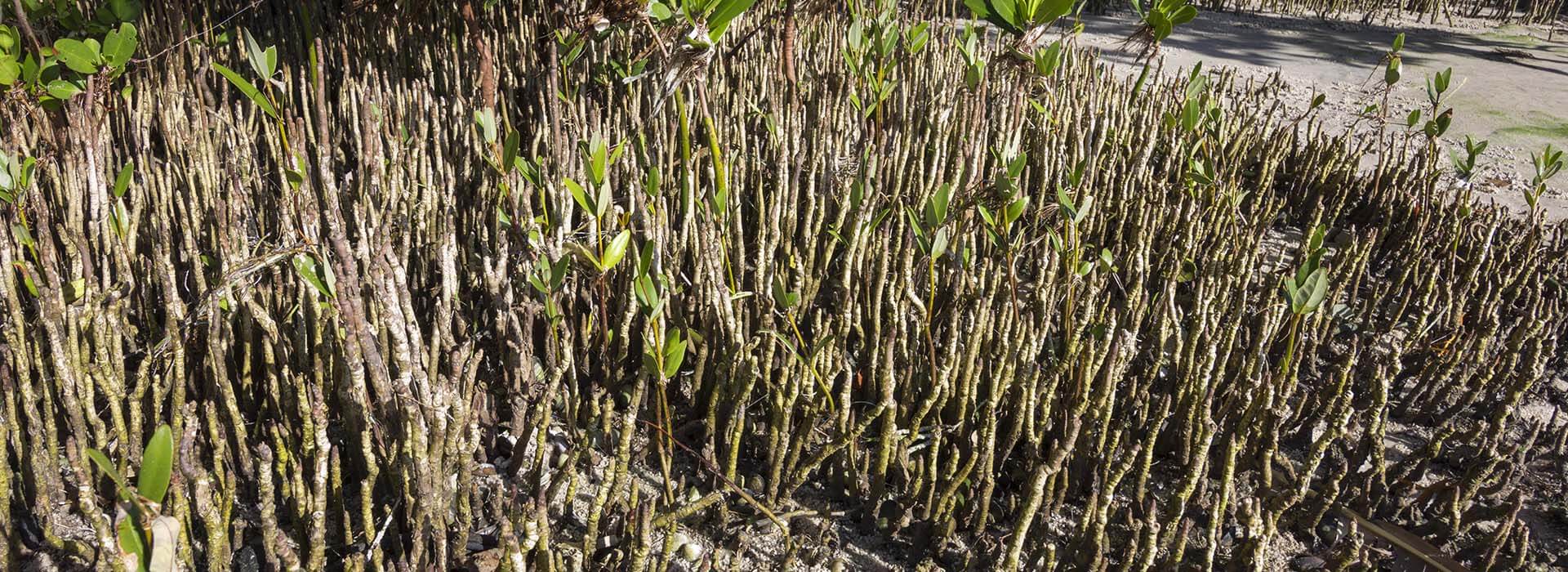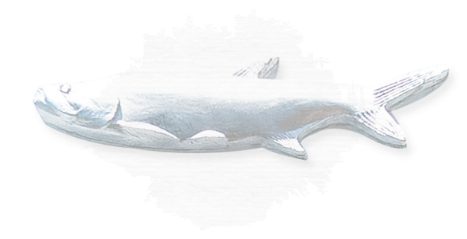The ocean coastline is a harsh environment and not a place where most plants thrive; however, mangroves are an exception. This group of over 80 species of trees and shrubs has adapted to tolerate salt and thus takes advantage of space and resources inaccessible to other plants.
The three different species of mangroves found in the Florida Keys are the red, black and white mangroves. Each of these trees has adapted differently to the salty ocean environment and has distinguishing characteristics that can help you tell them apart.
Here are some rhymes that will help you spot and identify them:
“Red, red, pointy head.”
If you look closely at the leaves on red mangroves, you will notice that the tip of the leaf points instead of rounding.
The red mangrove, Rhizophora mangle, is the most common species of mangrove in Florida and is easily identified by the dense tangles of prop roots that anchor the trees. This root system protects the coastline from erosion caused by wind and wave action. As the tide flows in and out, the roots slow the water, allowing fine sediment to settle. Soil gradually builds up around the trees, extending roots away from shore, eventually building new islands and earning this species the nickname “Walking Trees.”
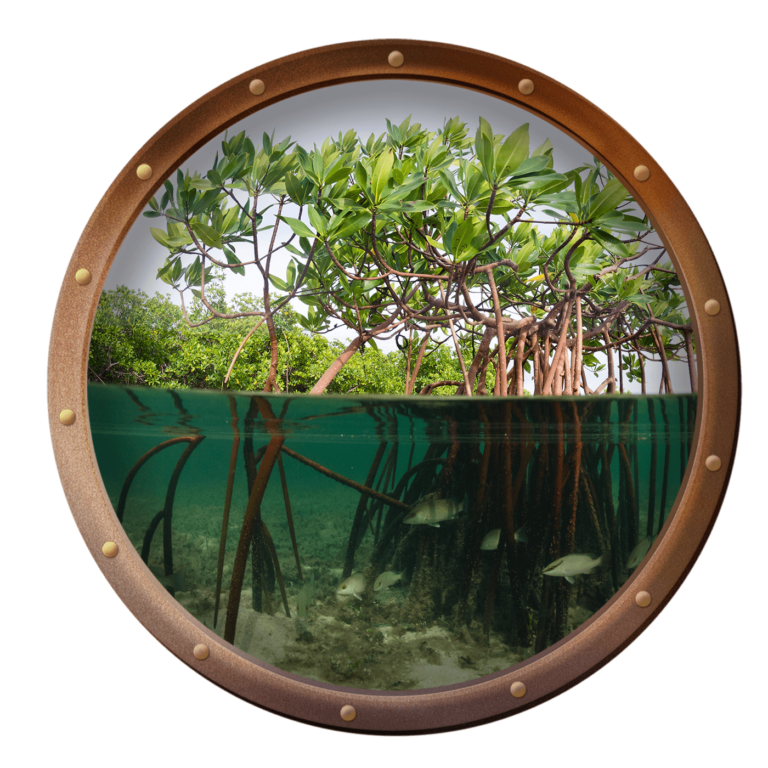
Red mangrove roots host many types of fish and invertebrates, some of which later make their way to the coral reef. They act as a nursery for many species that people like to catch and eat. It is estimated that 75% of the game fish and 90% of the commercial species in South Florida depend on the mangrove system. The reef also benefits from mangroves; the trees use nutrients that would otherwise be available for algae and trap fine sediments that would cloud the water. Mangroves also trap carbon that contributes to climate change; a single acre of mangrove trees can store 1,450 lbs of carbon. The Florida Keys have about 600,000 acres of mangrove forest, which store as much carbon as the average yearly energy use of 182,263 homes!
The red mangrove can keep out, or exclude, over 90% of the salt from seawater it absorbs through its roots. Membranes on the roots act as filters, allowing water in but keeping most salt out. Tiny pores called lenticels allow gas exchange in the thick, oxygen-poor sediments. Without these, the tree would not get enough oxygen to the roots to survive. Thick, waxy leaves help to retain water and remove built-up salt as they drop from the tree.
Red mangroves are flowering plants that create seeds, but they germinate while still attached to the parent tree. The baby mangrove trees are called “propagules” and look like giant green beans hanging from the tree. The propagules stay connected to the parent tree, receiving water and nutrients, until they are heavy enough to fall or are knocked off by strong winds. This gives the trees a great head start and allows them to disperse away from the parent. The buoyant propagule floats until it becomes lodged and sends out roots. This is how mangroves colonize islands far away from the parent tree.
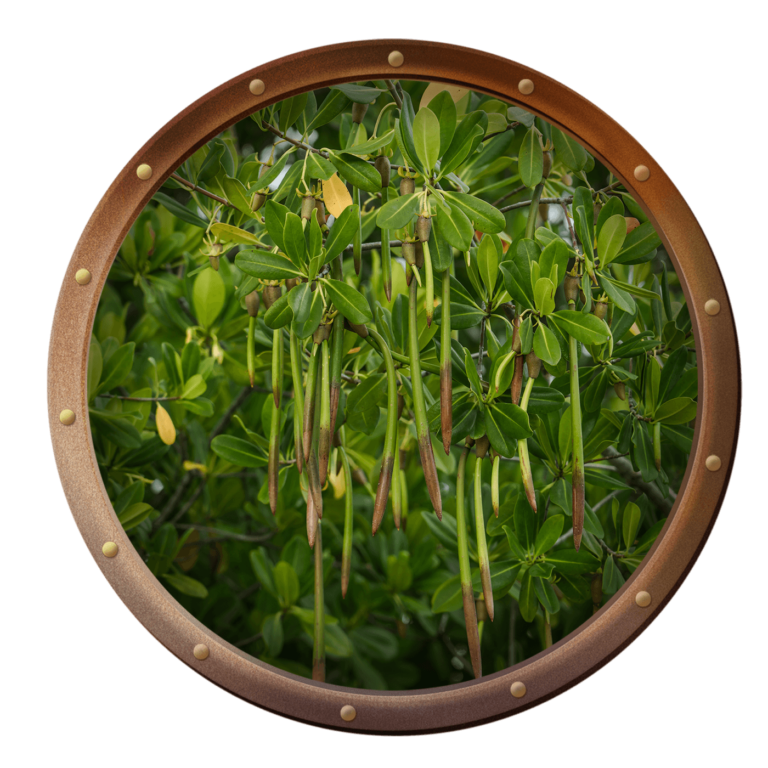
“Black, black, salty back.”
Black mangroves, Avicennia germinans, are salt extruders. They deal with excess salt by excreting it through glands in the leaves. This results in salt crystals forming on the surface of the leaf, which will be washed away by rain or curious humans who have been told to lick the leaf (not recommended).
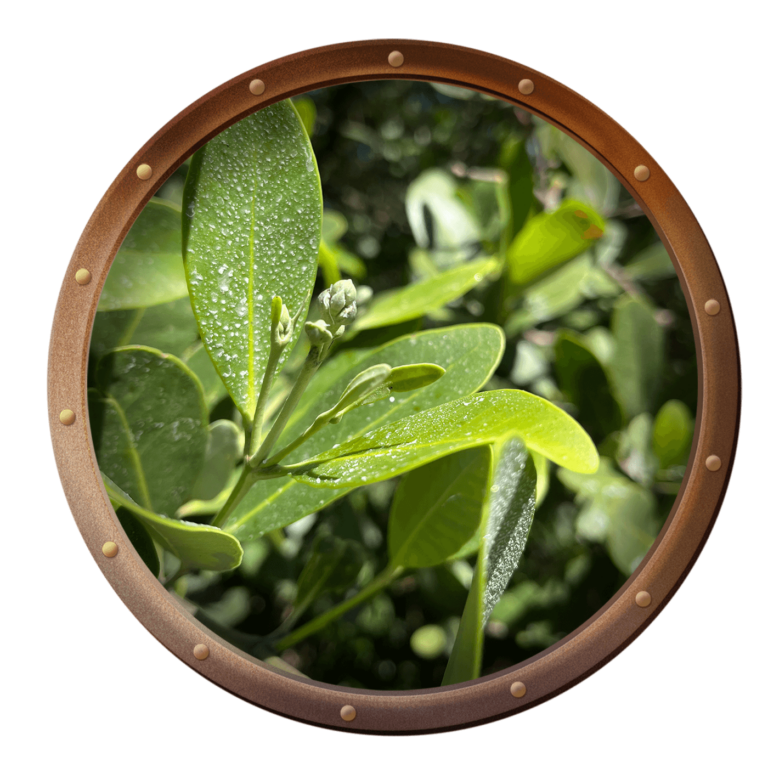
White mangroves, Laguncularia racemosa, are the least tolerant of submersion out of the three species in Florida. The roots of white mangroves tend to be less visible than those of the red and black mangroves; however, they can be pretty extensive. White mangroves manage to live in a salty environment by concentrating salt into thickened succulent leaves. These eventually fall off of the tree and take the salt with them. A distinguishing feature of white mangroves is the two bumps at the base of each leaf called “nectaries.” These store sugar that may be fed upon by symbiotic ants that live on the tree. An easy way to remember that the white mangroves have these bumps is to compare them to Frankenstein. Like the white mangroves, Frankenstein has bumps/bolts on his neck or the “base of his head.” Another way to distinguish the white mangrove from the others is they produce tiny fruit with a sapling inside. It looks similar to a prune.
